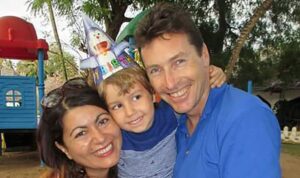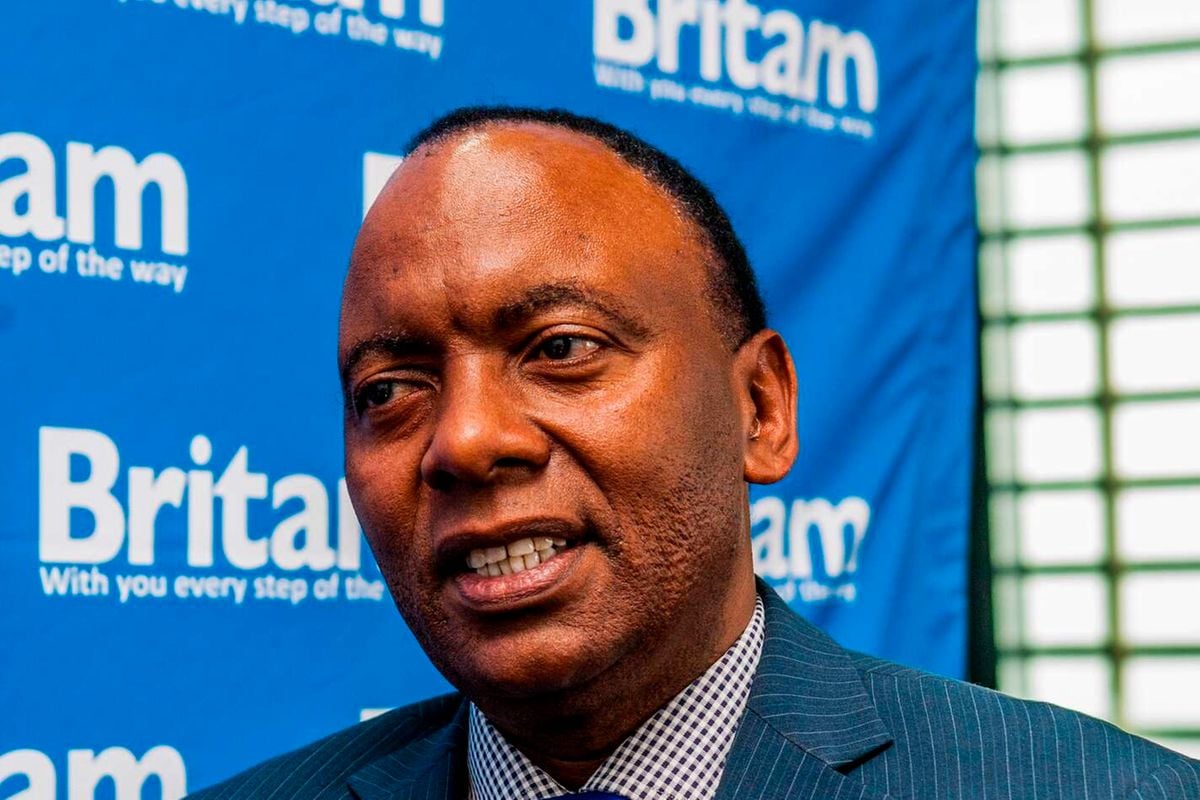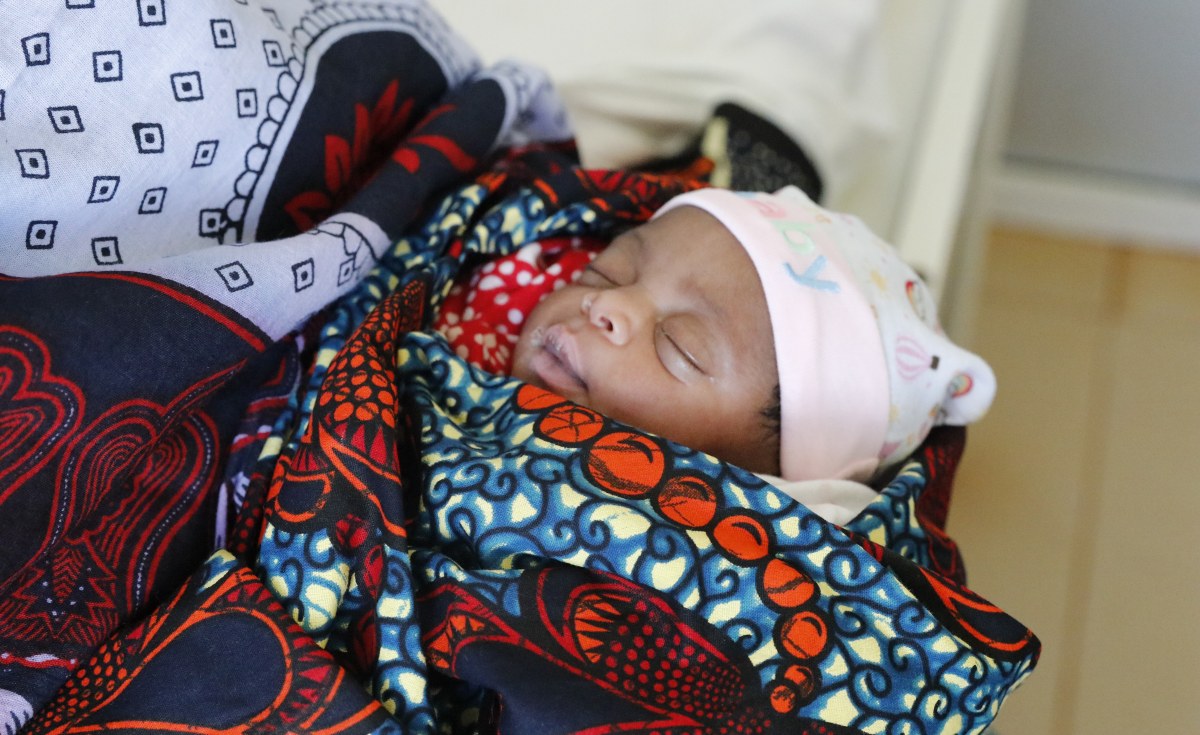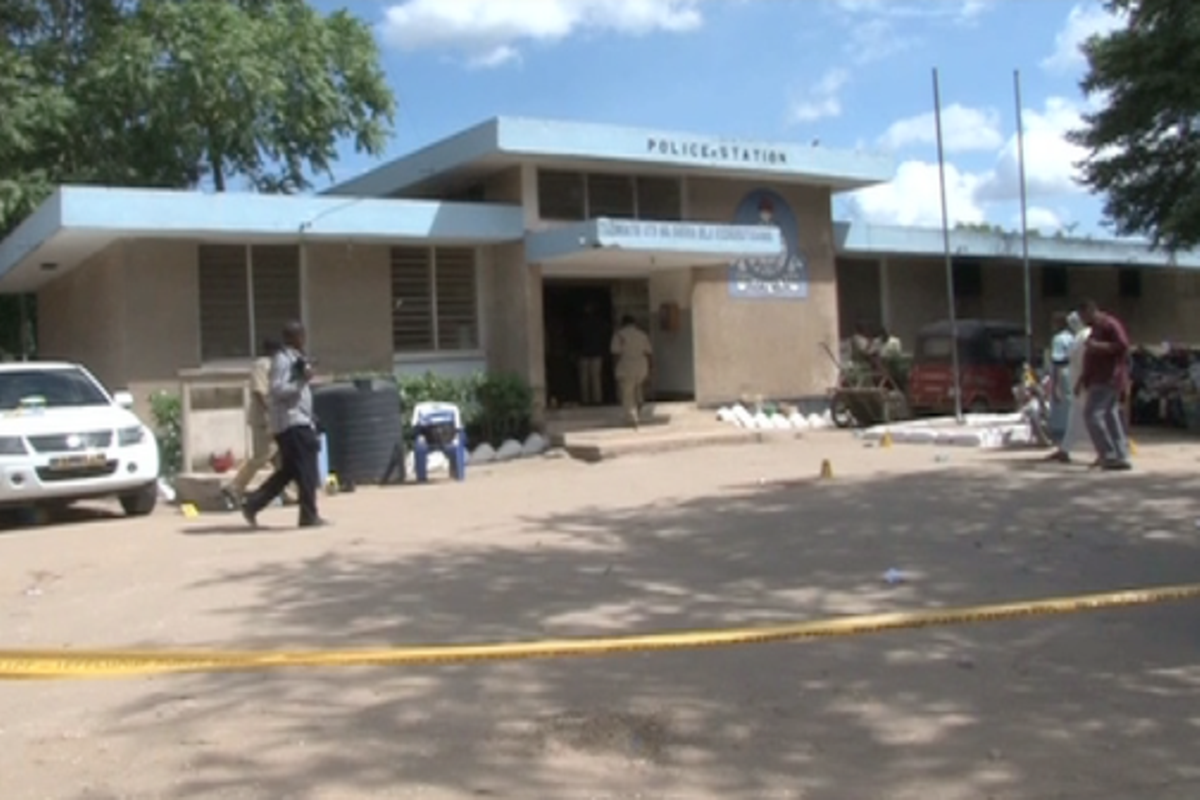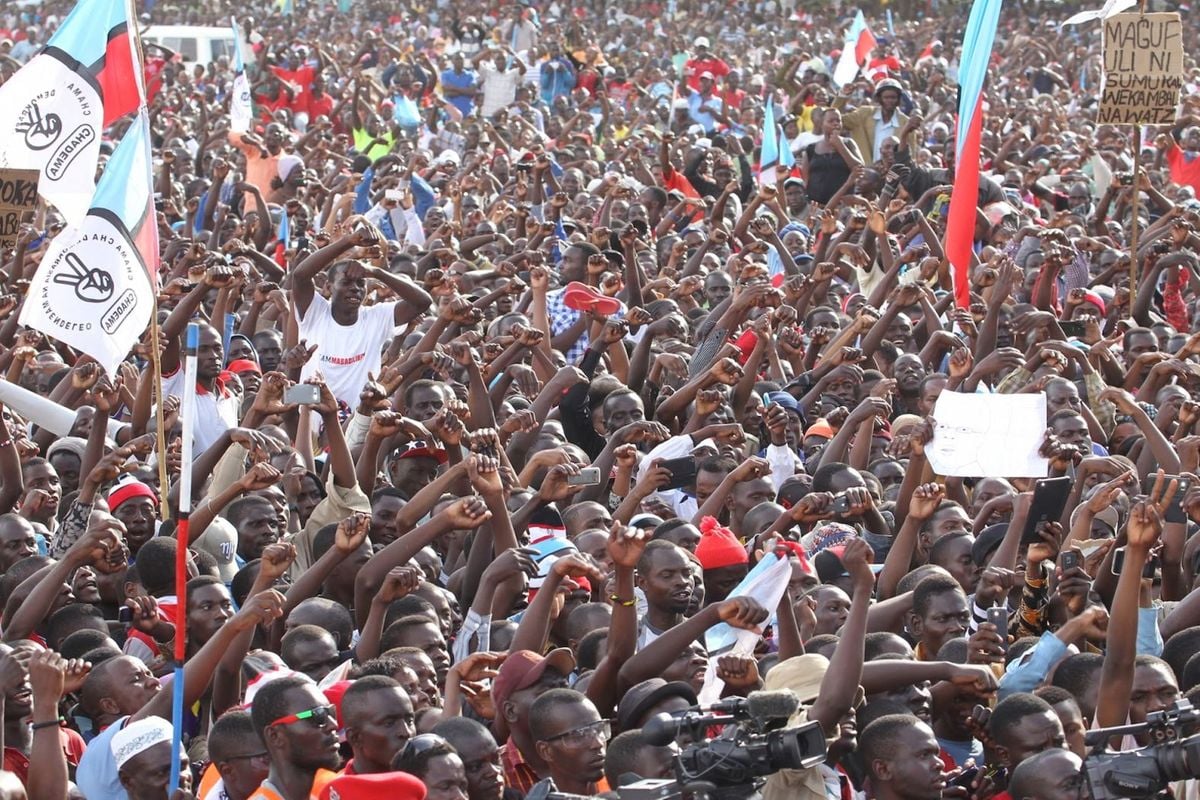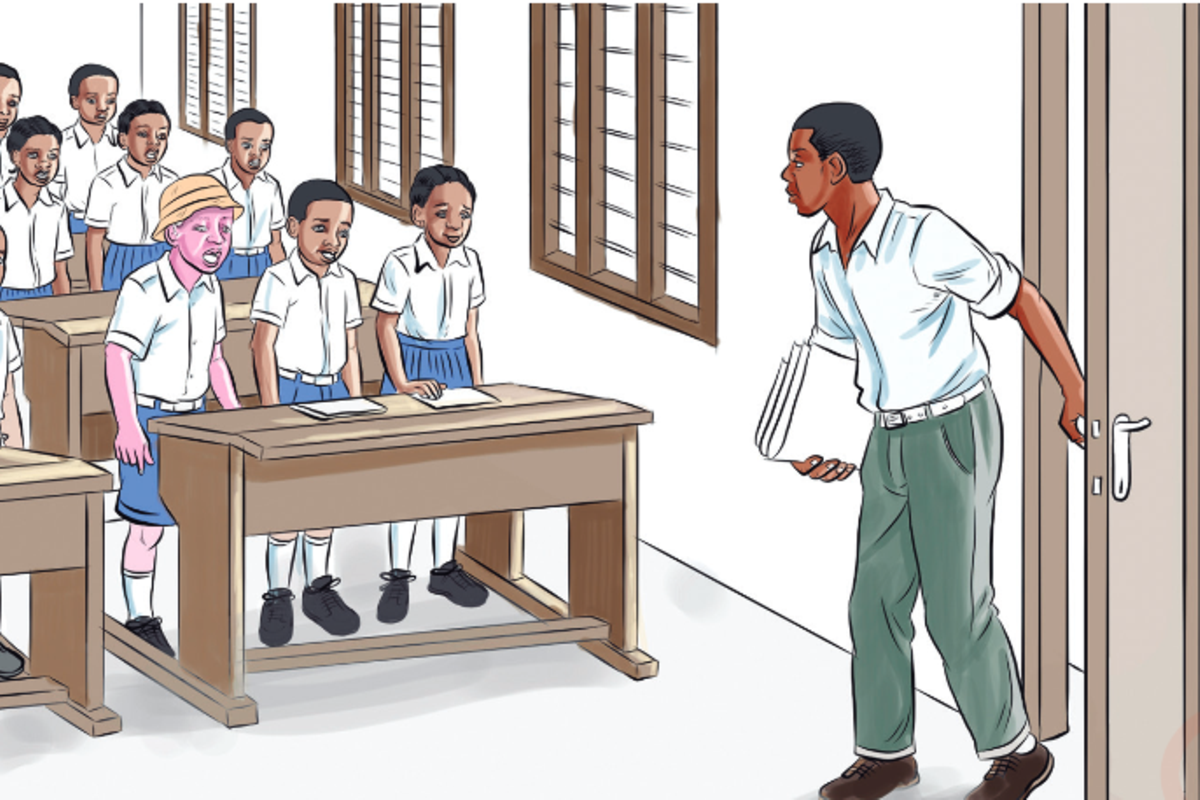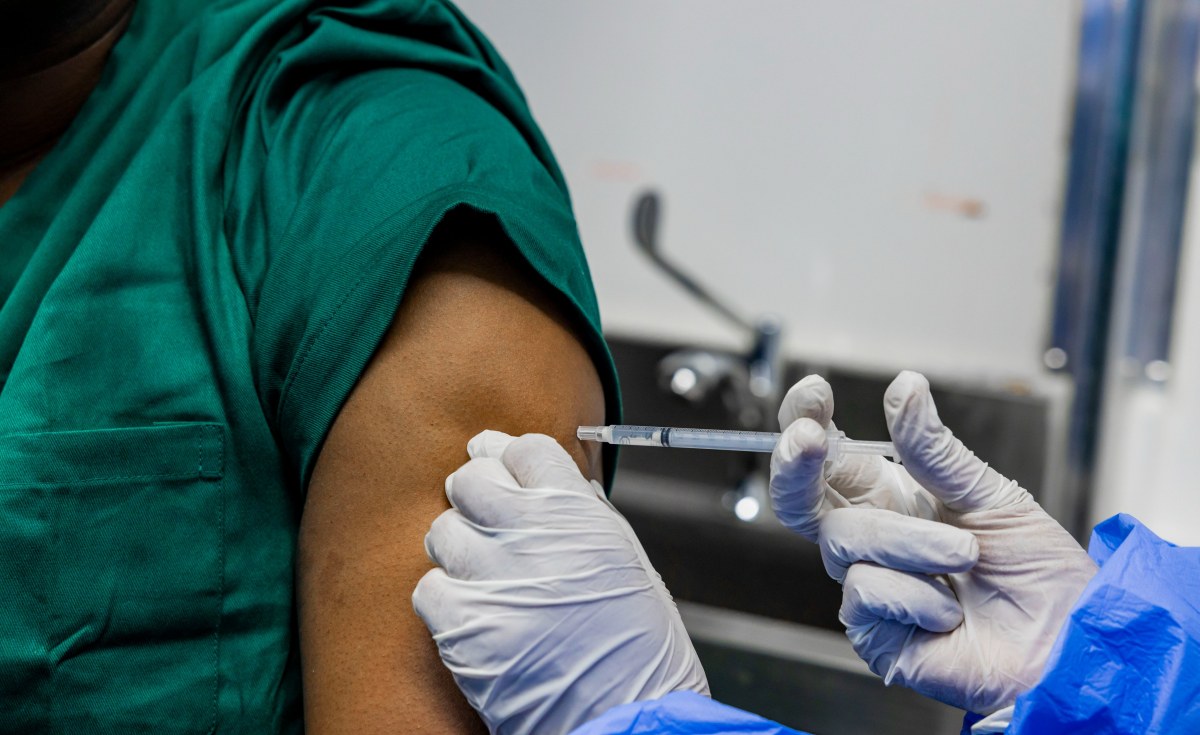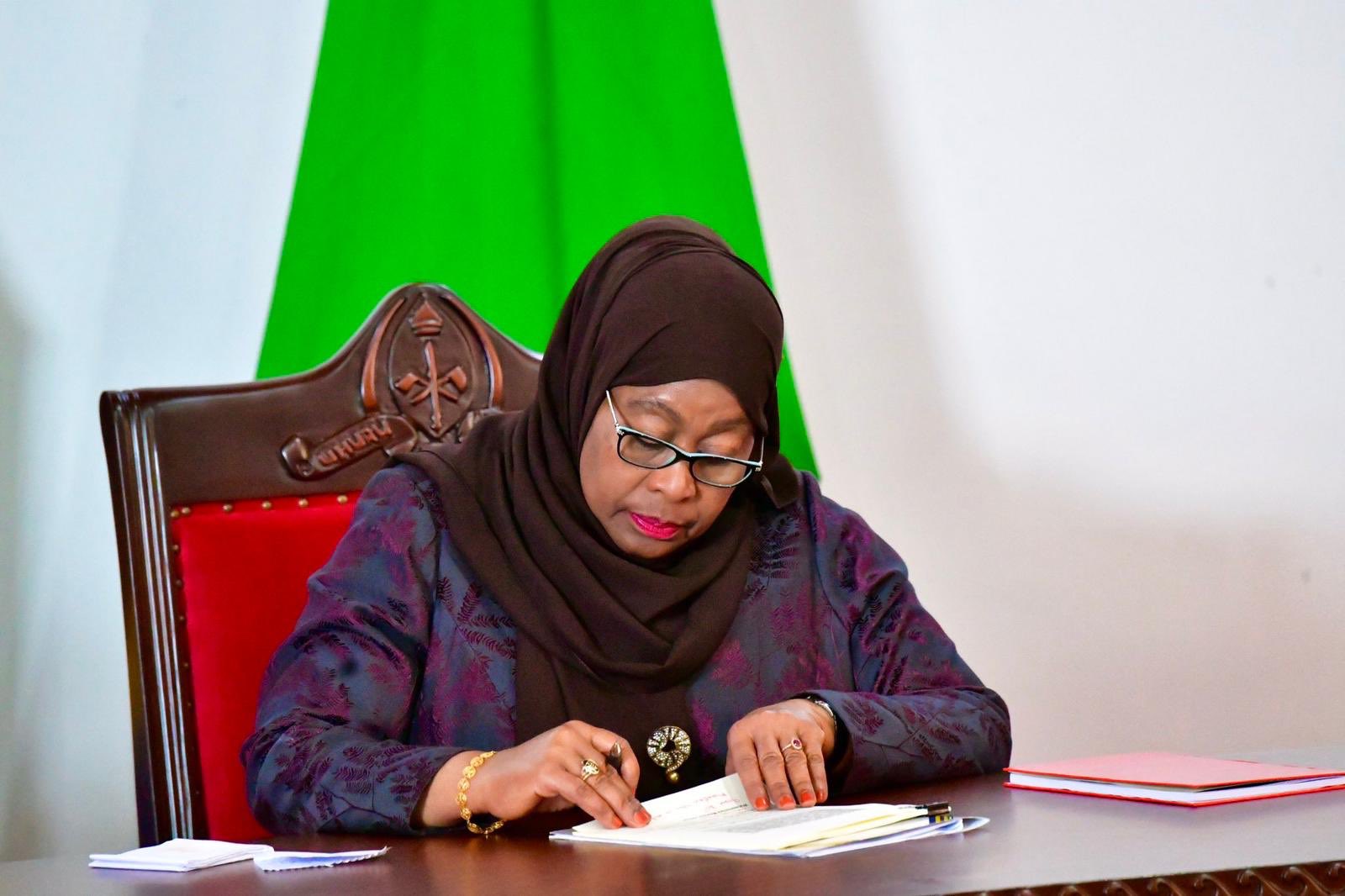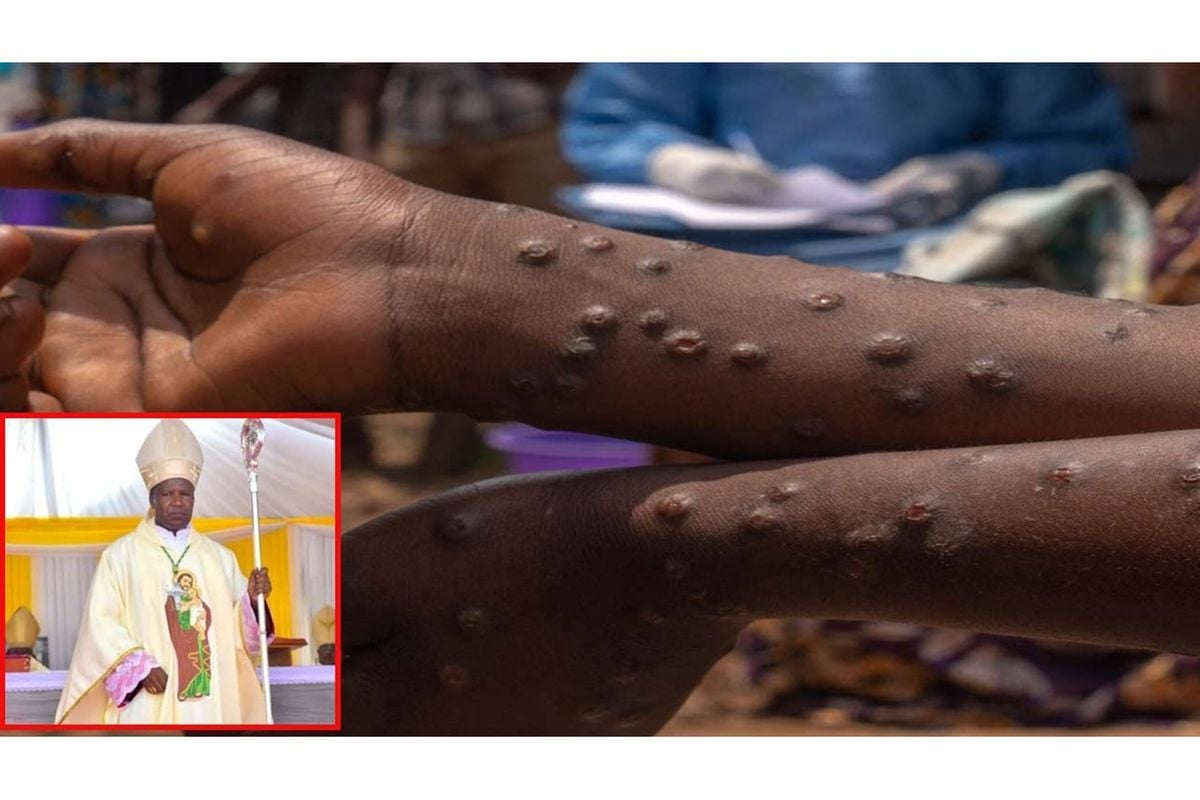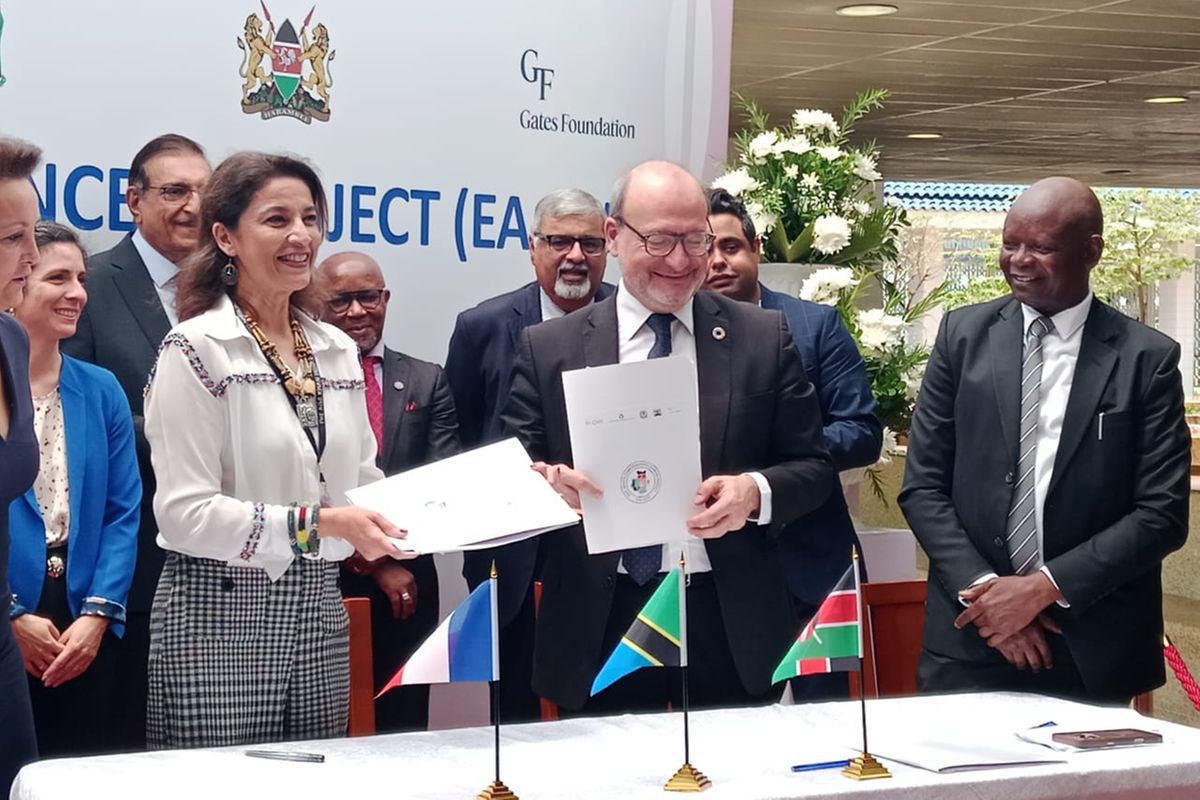
Dar es Salaam. Serikali ya Ufaransa imeingia makubaliano na Taasisi ya Huduma za Afya Aga Khan ya miaka minne ya kutoa huduma ya chanjo ya saratani ya kizazi sambamba na matibabu ya saratani ya matiti kwa wanawake 800,000 Tanzania.
Mradi huo ambao pia utainufaisha nchi ya Kenya, Tanzania pekee wasichana 200,000 wenye miaka tisa watapatiwa huduma ya chanjo ya kuwakinga na saratani ya mlango wa kizazi (HPV) na wasichana 600,000 nchini Kenya wenye miaka 10 hadi 14.
Pia, wanawake 400,000 wa Tanzania watafanyiwa uchunguzi wa saratani ya matiti kupitia mradi huo, lengo la mradi mzima ni kutoa elimu ya saratani kwa watu milioni 7.4.
Akizungumza baada ya kuingia makubaliano hayo leo Jumanne Januari 28, 2025 jijini Dar es Salaam, Mkurugenzi Mtendaji wa Taasisi ya Huduma za Afya Aga Khan, Dk Zeenat Sulaiman Khan amesema mradi huo utainufaisha mikoa sita ya Tanzania.
Ameitaja mikoa hiyo ni pamoja na Dar es Salaam, Mwanza, Dodoma, Arusha, Kilimanjaro na Zanzibar huku akitaja pia kaunti nne za Kenya ambazo ni Mombasa, Kisumu, Kilifi na Homa bay.
Dk Zeenat amesema sababu ya mradi huo kuelekezwa katika mikoa sita ni baada ya utafiti kufanyika na kuonekana mikoa hiyo inachangamoto na pia ni kutokana na kipaumbele cha Serikali.
“Tunashirikiana kwa karibu na Serikali ya Ufaransa na msaada wao umekuwa muhimu sana kwa miaka mingi, mradi huu utaleta maendeleo katika matibabu ya saratani,” amesema Mkurugenzi mtendaji huyo.
Balozi wa Ufaransa nchini Tanzania, Anne Sophie Av’e amesema ni hatua nzuri kuanzisha ushirikiano na Taasisi ya Aga Khan, akisisitiza ushirikiano huo utakuwa mfano wa namna taasisi za kimataifa zinavyoshirikiana kuchochea maendeleo kwenye sekta ya afya.
“Kwa kujumuisha uwezo wetu kama Serikali ya Ufaransa na uzoefu wa wataalamu kutoka taasisi za Tanzania, hatuendi tu kujenga mfumo imara wa sekta ya afya, tunakwenda kuimarisha uhusiano wetu na kujifunza zaidi,” amesema Balozi Anne Sophie Av’e.
Amesema mwanamke anapopatwa na maradhi athari yake ni kubwa kuanzia ngazi ya familia hadi jamii, hivyo kuimarisha afya ya mwanamke ni kujenga jamii iliyobora.
Akizungumza katika hafla hiyo, Mkurugenzi wa Shirika la Maendeleo Ufaransa (AFD), Remy Rioux amesema kwa zaidi ya miaka 15 wanafanya kazi bega kwa bega na Serikali ya Tanzania hususan zile za kusaidia maendeleo kwa Watanzania.
Ameyataja maeneo yanayonufaika na AFD kwa Tanzania ni pamoja na sekta maji, nishati, usafirishaji na afya.
“Tunajivunia sasa afya ni mali ya umma, tunajivunia kushirikiana na Aga Khan na kituo maarufu cha saratani cha ufaransa Institut Curie katika uzinduzi wa mradi huu wa saratani ya wanawake Africa Mashariki (EA-CWCP) kwamba unakwenda kuleta kwa wanawake wanaokumbana na changamoto ya maradhi haya,” amesema Rioux.
Awali, Katibu Mkuu Wizara ya Afya, Dk Seif Shekalaghe amesema utekelezaji wa mradi huo unaendana na azma ya Serikali ya kudhibiti magonjwa yasiyo ya kuambukiza akidokeza mradi huo utasaidia udhibiti wa saratani nchini.
Dk Shekalaghe amesema mradi huo unapaswa kuwajengea uwezo wataalamu wa afya kuanzia ngazi ya wilaya na siyo ngazi ya Taifa pekee, kwa sababu wagonjwa wengi wanafika Hospitali tayari ugonjwa umesambaa maeneo mengi mwilini.
“Wagonjwa wengi wanaofika Taasisi ya Saratani Ocean Road (ORCI) ugonjwa unakuwa ymeshafika hatua za juu zaidi, wataalamu wa ngazi ya wilaya wakijengewa uwezo, watatambua ugonjwa katika hatua za awali,” amesema Dk Shekalaghe.
Amesisitiza utekelezaji wa mradi huo uambatane na utoaji wa elimu kwa wananchi dhidi ya dalili za awali za saratani.
Amesema lengo ni watu wachukue hatua mapema kwenda hospitali, lakini bila elimu, ugonjwa huo utazidi kuongezeka.
Hata hivyo, kwa mujibu wa Aga Khan, idadi ya wagonjwa wa saratani nchini Kenya na Tanzania inaongezeka, na kwa sasa kesi mpya takribani 100,000 na vifo 60,000 hutokea kila mwaka.
“Changamoto hii ni kubwa zaidi kwa wanawake, ambao ni asilimia 61 ya kesi za saratani Afrika Mashariki. Hivyo ujio wa mradi huo unategemewa kuwanufaisha takribani watu milioni 7.4 Tanzania na Kenya, na mradi mzima utagharimu Euro 10 milioni (takriban Sh27 bilioni,)” amesema Dk Shekalaghe.
Source: mwananchi.co.tz


